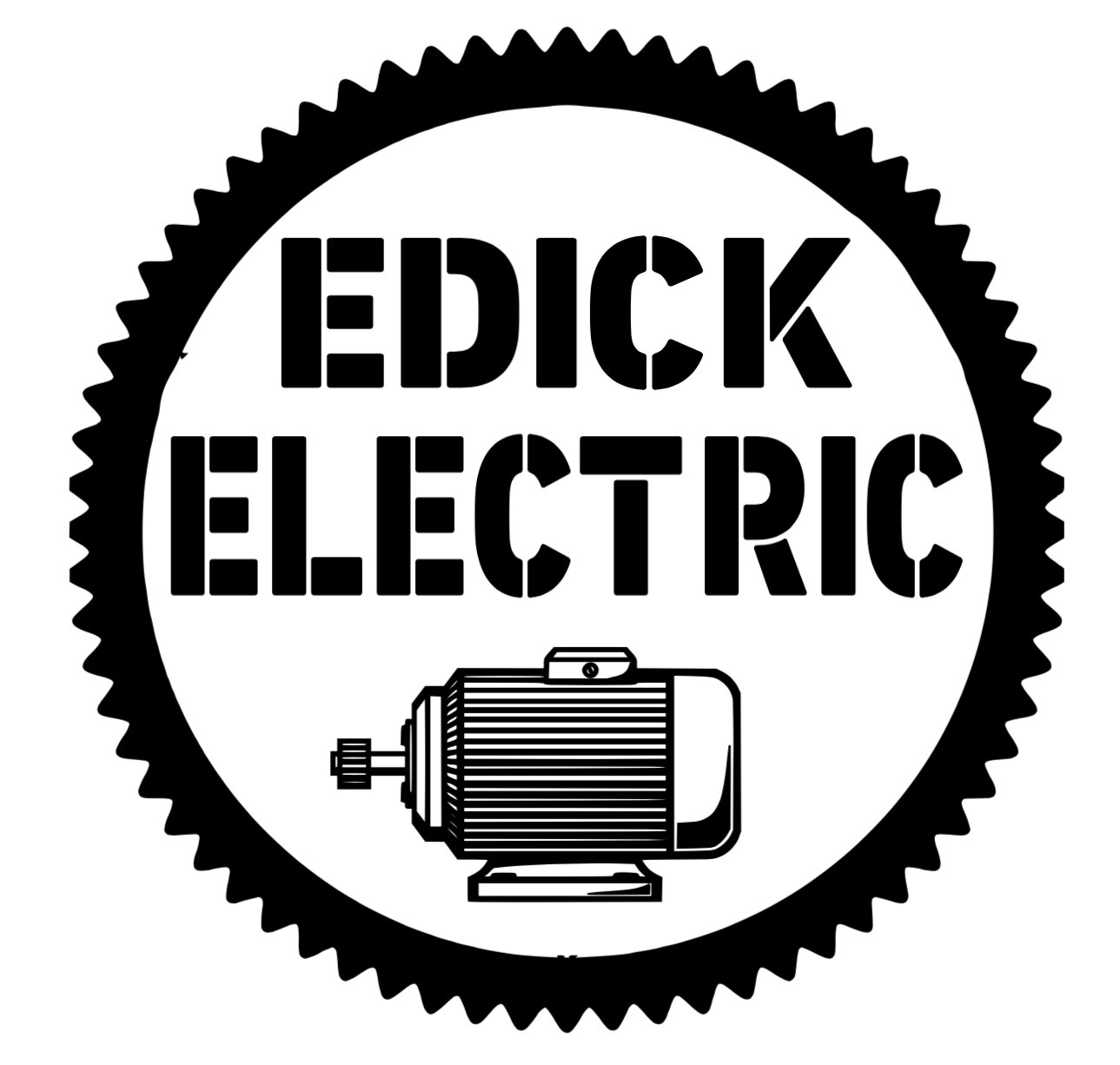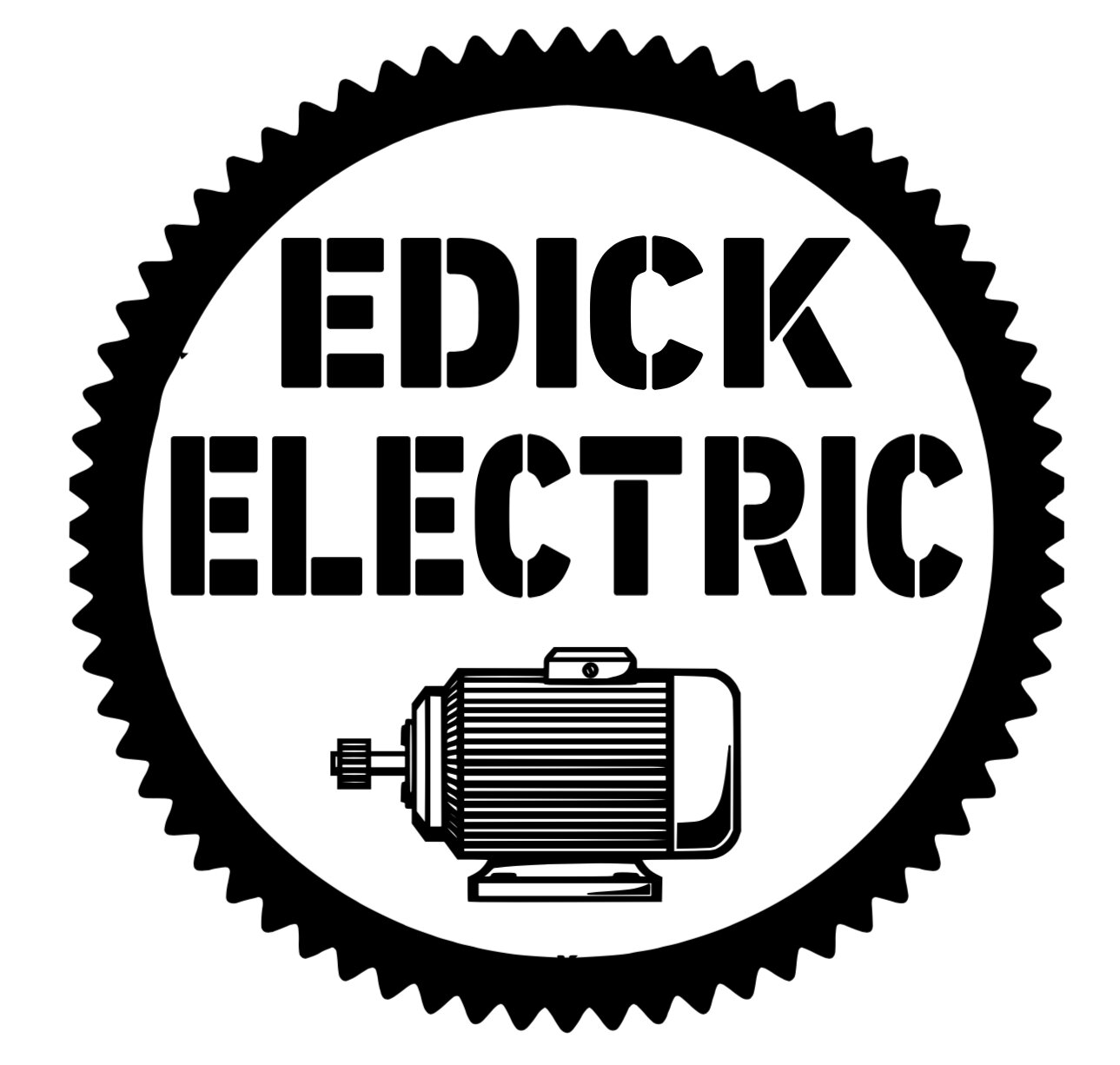What Is a Digital Phase Converter? (And Why You Might Need One)
By Edick Electric
When people think about converting single-phase power into three-phase, they often think of rotary or static phase converters. But there’s another, smarter option for certain applications—digital phase converters, better known in the industrial world as Variable Frequency Drives (VFDs).
Before we go too deep, let’s clear something up:
Edick Electric does not sell or recommend static phase converters. Why? Because we see what they do to motors firsthand. On the rewind side of our business, we’ve repaired countless electric motors damaged by static converters. Not only do they cause premature motor failure, but they also reduce your motor’s available horsepower by about a third. That’s not acceptable in any serious application.
So, What Is a Digital Phase Converter?
Let’s break it down.
A Variable Frequency Drive (VFD) is a device that controls the speed and direction of an electric motor. That’s its main job. It does this by manipulating the frequency of the power going into the motor.
The speed of an AC electric motor is determined by two things:
The number of poles in the motor (a fixed value built into the motor itself)
The frequency of the incoming power
In the U.S., the utility supplies a constant frequency of 60 Hz. Since you can’t change the motor’s internal design, the only way to adjust motor speed is to change the frequency—and that’s exactly what a VFD does.
Inside the VFD are components called IGBTs (Insulated Gate Bipolar Transistors). These fire in precise patterns to simulate a clean 3-phase sine wave, essentially building custom-tailored power to drive a 3-phase motor at the speed and direction you choose.
How Does This Act as a Digital Phase Converter?
Now for the good part.
Since the VFD is already generating a full 3-phase power signal to control the motor, we can input 240V single-phase power and output true 3-phase power—enough to run a 3-phase motor from a single-phase supply. That’s what makes it a digital phase converter.
But it gets better...
Why Use a VFD Over a Single-Phase Motor?
Single-phase motors are stuck at one speed. If it’s rated for 1725 RPM, that’s what you get—no flexibility.
With a VFD and a 3-phase motor, you can:
Adjust motor speed with a simple dial
Program different speeds for different tasks
Use sensors like pressure transducers to control motor output based on demand
Maintain constant pressure, variable flow, or any number of smart automation tricks
Plus, you retain 100% of the motor's horsepower—something static converters can’t offer.
Important Notes
VFDs are designed to run one motor at a time. They are not intended to power an entire facility or other 3-phase equipment. If you need full building 3-phase, check out our recent blog on rotary phase converters.
You must oversize the drive when running off single-phase. For example, to run a 5HP motor on single-phase, you’ll need a 10HP-rated VFD. If you already have a rotary phase converter and want to add speed control, you can absolutely run a VFD from it.
VFDs include built-in circuit protection. Just enter the motor’s nameplate data, and the drive will automatically monitor for faults and shut down safely if needed.
What We Recommend
At Edick Electric, we sell Worldwide Electric Variable Frequency Drives. These come in multiple lines depending on your application and budget. Whether you're running a single pump on a farm or automating a process line, there’s a drive that fits.
This is just the beginning. In a future post, we’ll explore all the smart features of VFDs—from remote start/stop to PID loop control and more.
Need help selecting the right drive for your application?
Reach out to Edick Electric—we’ll make sure you get exactly what you need, without the guesswork.

